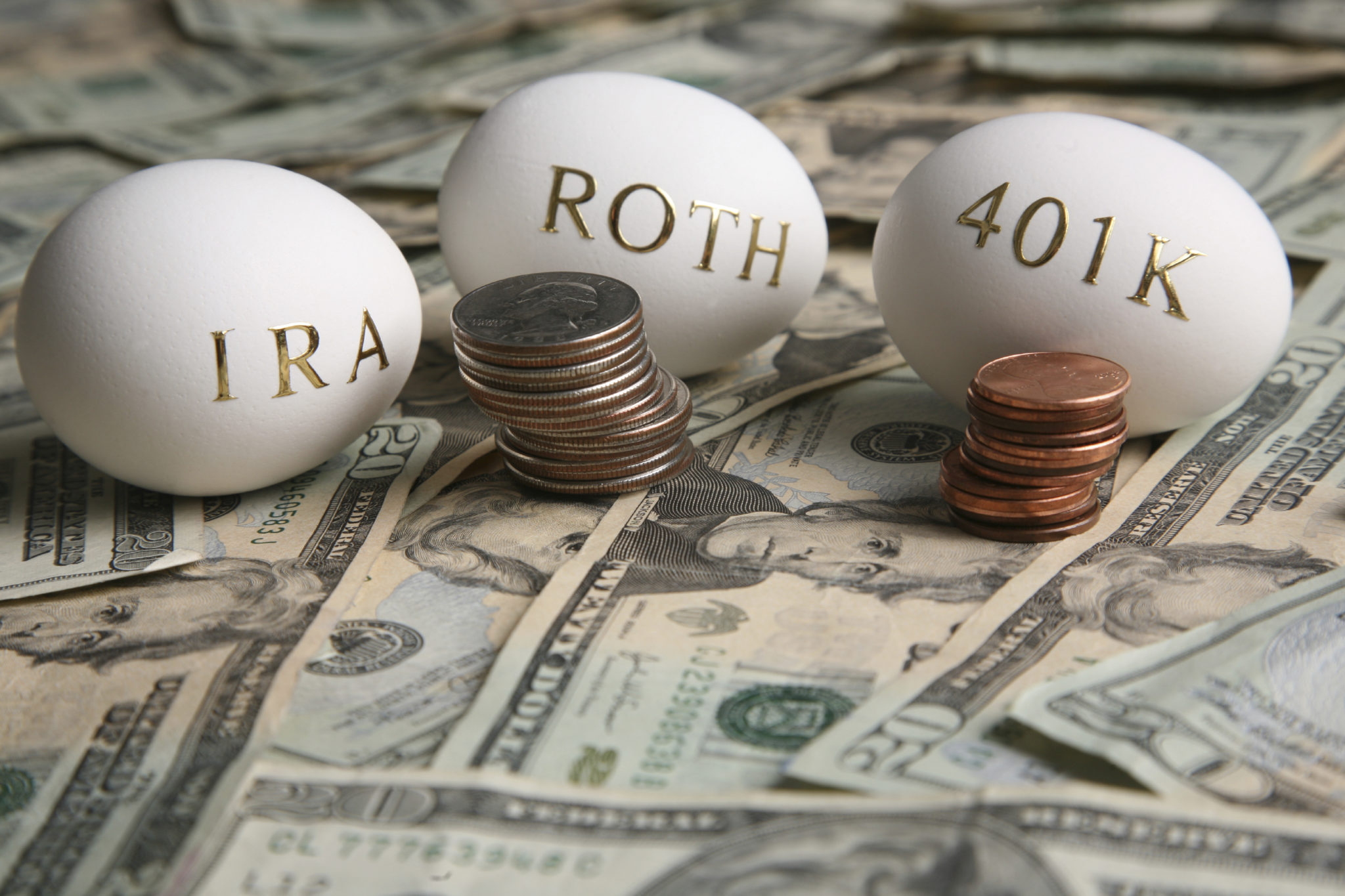Since American Social Security payments are not very generous, a contribution to a private retirement plan that complements “social security “is essential. It is necessary to understand everything before getting involved in this field.

Regulations are complex for each plan, but here are how the main plans work in general:
1. Employer Plan with a Match
An employer match is your company’s contribution to a retirement plan, such as your 401(k) or 403(b). You should definitely take advantage of any matching program; it would be your most valuable financial move to secure your retirement income.
Besides, an employer-sponsored plan has many advantages:
- Automatic investment: Automatic transfer of the money from your paycheck to your account.
- Tax deduction: Your taxable income does not involve the money contributed to the employer plan.
- Tax deferral: No tax payment before retirement, so your money can grow throughout the years.
The contribution limit has increased to $19,000 in 2019; even though it varies from plan to plan.
Afterward, every time the cumulative effects of inflation indicate a necessary increase, the limit will rise in $ 500 increments.
Moreover, the IRS allows employees aged over 50 to make additional catch-up contributions intended to encourage those nearing retirement to increase their savings further. The annual catch-up contribution limit is $6,000 for 2019.
Again, every time the cumulative effects of inflation indicate a necessary increase, the limit of the catch-up contributions will rise in $500 increments.
Even though your employer’s plan should be your first retirement investment option, you can add other options to further increase in your savings. Besides, most employers only provide matching funds for contributions equaling a fixed salary percentage. For example, if you are contributing $5,000 and your employer offers a match for $3,000 only, what should you do to the unmatched $2,000?
2. Roth IRA
Roth IRA should be your next option after taking full advantage of your employer’s match; as long as you are qualified. The limitations for Roth IRA income change every year. For 2019, single filers are eligible to contribute when Modified Adjusted Gross Income (MAGI) is $122,000 to $137,000. On the other hand, joint filers are eligible to contribute when MAGI is $193,000 to $203,000.

So, why should you opt for Roth IRA?
- Flexible: When opening an account with a discount broker, you are eligible to purchase bonds, individual stocks, and any index investment provided through the same broker.
- Tax-free growth: No tax deductions when contributing and no payable taxes on earnings when beginning the withdrawal.
- No mandatory distributions: You aren’t obliged to withdraw your money by April following the year you reach 70 and a half like in the other retirement plans. You can keep your money growing with Roth IRA if you don’t need the money, tax-free way.
It’s important to note that the contribution limit for Roth IRA (for traditional IRA too) is $6,000 for 2019.
3. Traditional IRA
You can contribute to a traditional IRA if the level of your income is very high for you to begin or continue your contribution to a Roth IRA. Besides, the total annual contribution limits apply to the total yearly contribution to IRA, which means that you can’t contribute $6,000 to a traditional and $6,000 to a Roth IRA.
A traditional IRA enables individuals to direct their pretax revenue toward tax-deferred investments. Until the beneficiary makes the withdrawal, the IRS can’t assess any capital gains or dividend income taxes.
Contributions to a traditional IRA are tax-deductible if your AGI is below a certain level or your employer doesn’t match a retirement plan.
For 2019, single filers are eligible to contribute when Modified Adjusted Gross Income (MAGI) is $64,000 to $74,000. On the other hand, joint filers are likely to contribute when MAGI is $193,000 to $203,000 (same as in Roth IRA). Moreover, keep in mind that you can no longer contribute to the traditional IRA once you reach 70 years and a half.
4. Taxable Investment
The use of taxable accounts is based on several good reasons. You can, for example, avoid the 10% early withdrawal fee and keep your IRAs growing if you take your taxable investment account instead. It is useful when you are saving for retirement, and you think you might need some of the long-term funds before the age of 59 and a half.
In addition, withdrawals from taxable accounts are taxed only on investment gains instead of the total amount of retirement unlike with the traditional or Roth IRAs. The long-term gains are taxed at a rate of 15% on taxable investment accounts.
Taxable accounts offer what is known as tax diversification, which reduces the risk through the distribution of savings and investment assets among various types of account.
So, you should opt for the taxable investment account if you are not interested in the different investment options in your employer plan.
5. Annuities
Annuities are individual insurance contracts. They are more expensive than other plans and lack liquidity. Besides, they restrict the investment choices of the owner and provide mediocre coverage of the insurance. That is why annuities are the last resort for most people.
They are the favorite insurance plans for the planners and brokers due to their high fees (make sure to read the commissions of your broker).

On the other hand, annuities are adequate for investors who:
- Favor investing in mutual funds rather than individual securities.
- Don’t need the annuity incomes before the age of 59 and a half.
- Prefer a “guaranteed” revenue for their retirement.
- Have no concern that heirs have to pay any appreciation for their ordinary income taxes.
- Currently are in a 25% or above income tax bracket but anticipate to be on retirement with lower income tax bracket.
- Are willing to keep the annuity for more than 15 years.
- Have contributed the maximum amount to their IRAs and defined-contribution plans and looking for an additional tax deferment on investment gains.
Asset Allocation
You need to diversify your investment during your retirement. That is why you should consider asset allocation. It is an effective investment strategy that aims to balance reward and risk. The key is to choose a mix that will meet your income needs for your retirement needs and be comfortable for your risk tolerance.
Ideally, you want a mixture of all investment types but in different proportions. Start with some simple options with lower-risk, like money market mutual funds, certificates of deposit (CDs), and bond investments. Then, you can add some other options with relatively higher risks, like real estate, stocks, and foreign investments. Financial advisors recommend subtracting the age of the investor from 100 to determine the percentage that should be invested in stocks. For example, if you are 40-year old, 60% would be invested in stocks.
Final Thoughts
Now you have a better idea about the different retirement investment plans. Make sure to choose the right policy for your preferences and needs. Keep in mind that your retirement money shouldn’t be touched until you reach your retirement age. Well, if you do need to withdraw some cash before reaching your retirement age, you can get it out of IRA or 401(k), but there is generally a penalty.



